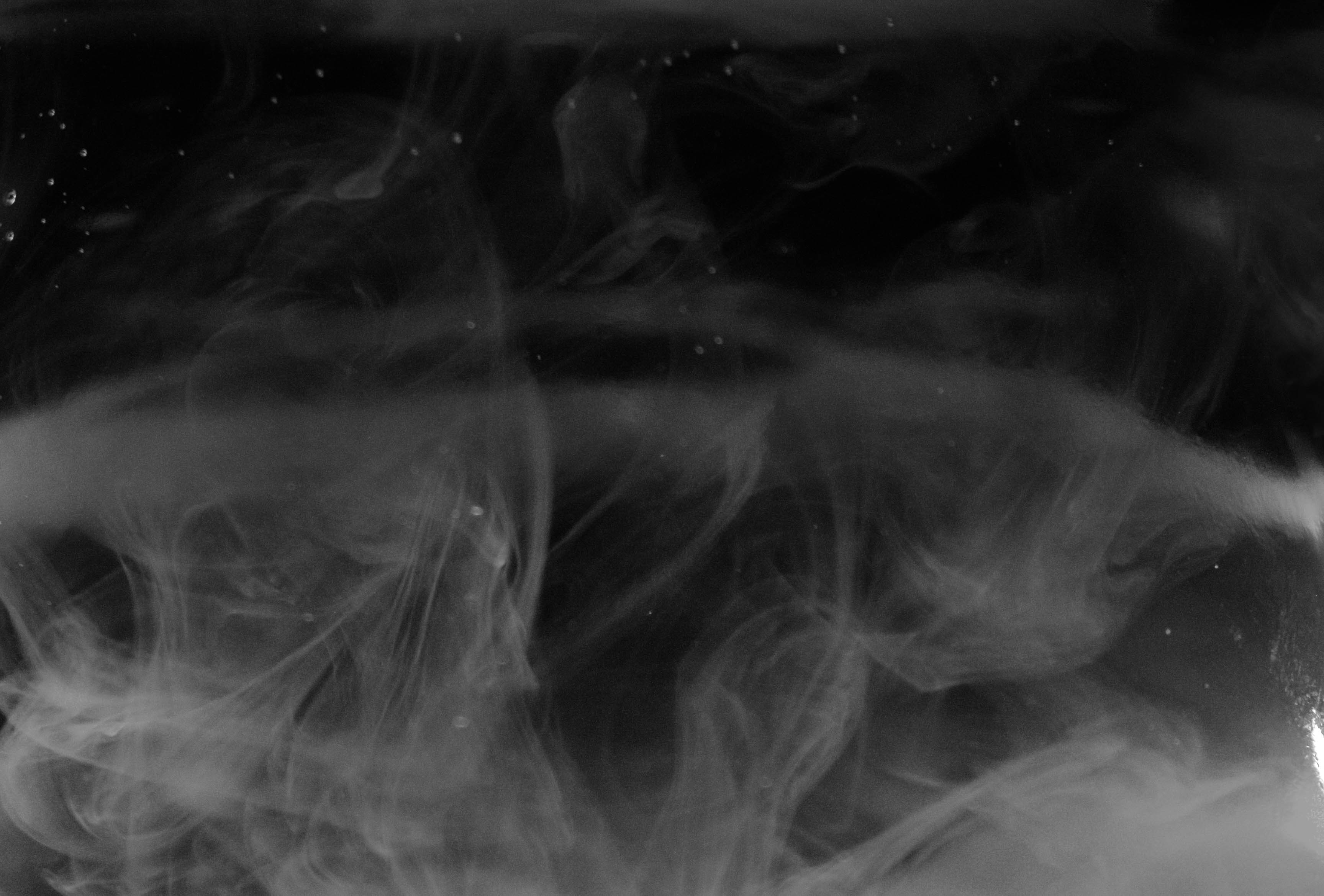Ever wondered what happens to walls after a fire? Why is that black residue so hard to remove? Smoke damage restoration is more than just cleaning off soot. It’s about understanding how fires affect different materials and surfaces. Cleaning smoke damaged walls needs a careful approach to avoid causing more damage.
Soot can quickly become embedded if not treated right. Yet, many homeowners try to fix fire damage on their own. Is it worth the risk of causing more damage or health issues with DIY mistakes?
Key Takeaways
- Understand how soot sticks to surfaces during a fire.
- Take safety steps to protect yourself and others before cleaning.
- Use the right cleaning tools to remove soot safely.
- Avoid DIY cleaning that can spread soot and increase health risks.
- Call experts like Green Genie Restore for professional smoke damage help.
Understanding Smoke Damage on Walls
Smoke damage on walls is a tough challenge due to soot residue from fires. This residue sticks to surfaces, showing the materials like wood, plaster, and synthetic foam.
The effects of smoke on walls go beyond the surface. They can cause deeper issues that need detailed fire residue restoration. Smoke particles can get into different materials, causing bad smells and weakening the structure.
Not dealing with smoke damage can be harmful to health. Breathing in soot can cause breathing problems and make heart disease worse. Fire damage repair is more than just cleaning; it often needs special techniques to remove harmful residues fully.
Experts like Green Genie are key in solving these problems. They have the skills for fire damage repair and complete soot and smoke damage cleanup. Their advanced methods restore smoke-damaged walls safely, without hurting your property or health.
Essential Safety Precautions Before Cleaning
Cleaning soot from smoke-damaged walls requires careful safety steps to protect your health and prevent spreading soot. It’s important to wear gloves, masks, and clothing that covers your skin. This is crucial when working with soot. Also, make sure the room is well-ventilated to avoid breathing in soot particles.
Removing large debris first makes cleaning easier and more effective. Homeowners should not try to do major cleanups themselves. This can lead to more health risks and increase soot exposure and damage.
What Cleaning Materials Do You Need to Remove Soot?
Removing soot from walls needs the right soot cleaning supplies to avoid making things worse. Homeowners should use special tools and products to clean soot safely. Experts suggest using soot sponges, HEPA vacuums for smoke damage, vinegar or rubbing alcohol, high-alkali detergents, and air scrubbers.
How you use these materials is key to getting good results. For instance:
- A dry-cleaning sponge works well on high-oxygen fire residue to prevent spreading the soot.
- For low-oxygen fire residue, wet cleaning with detergents is better to break down the oily parts.
It’s crucial to pick the right cleaning method based on the surface and soot type to prevent water damage on porous materials. Using the correct soot removal techniques is vital; wrong cleaning can cause permanent stains and more damage. With the right soot cleaning supplies, HEPA vacuums for smoke damage, and air scrubbers, you can clean thoroughly and efficiently, making your home look like new again.
How do you treat smoke damaged walls?
When dealing with smoke-damaged walls, start by wearing protective gear and ensuring good airflow. Remove all contents from the area to clean them separately. Also, protect the floor from soot.
The process then includes:
- Vacuum loose soot using the vacuum nozzle without touching the wall. This prevents smudging.
- Use a soot sponge to wipe the walls gently, without getting it wet. This method is key for removing soot well.
- For tough stains, apply a high-alkali detergent. This step is vital for removing all soot from walls.
- Finally, rinse and dry the walls to finish the cleaning.
If there’s a lot of soot, especially on bricks, you might need professional help. Experts stress the need for proper steps to fix smoke damage. Wrong methods can make things worse, so getting expert advice is often best.
Can You Paint Over Smoke-Damaged Walls?
Yes, you can paint over smoke-damaged walls with the right steps. First, clean the walls well to remove smoke stains. Use dry cleaning sponges to get rid of soot, then clean thoroughly.
Next, apply a smoke stain blocking primer. It’s a key step in painting over smoke damage.
Choosing self-priming, stain-resistant paints helps with a lasting finish. Priming hides smoke stains and stops them from showing through new paint.
If smoke damage is minor, you can try these painting tips for a pro look. But for big damage, it’s best to get professional help for the best results.
Conclusion
Restoring smoke damaged walls is possible with the right steps and materials. Understanding how soot works is key.
It’s important to use proper ventilation and tools like HEPA filters and air scrubbers. These steps help improve air quality and reduce health risks.
Wearing the right safety gear is crucial when cleaning up. If the damage is big, getting professional help is best. But for smaller issues, you can try cleaning yourself with special primers and paints.
Preventing smoke damage is also important. This means smoking outside, picking quality candles, and keeping air moving. These steps help protect your walls from future damage. By doing this, you can keep your home safe and healthy.







